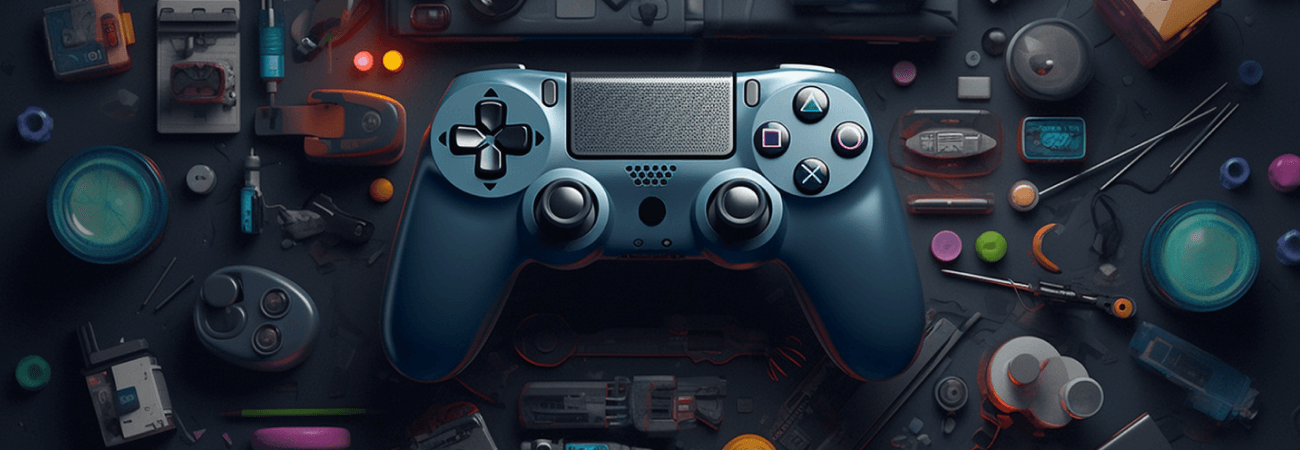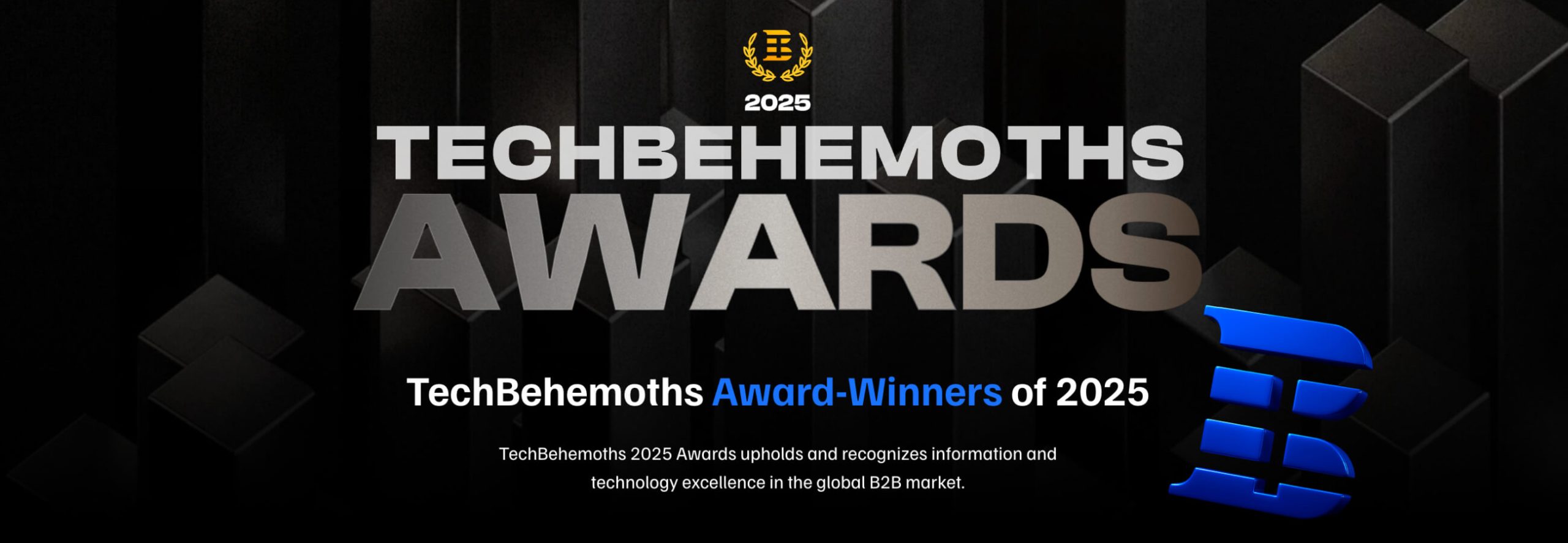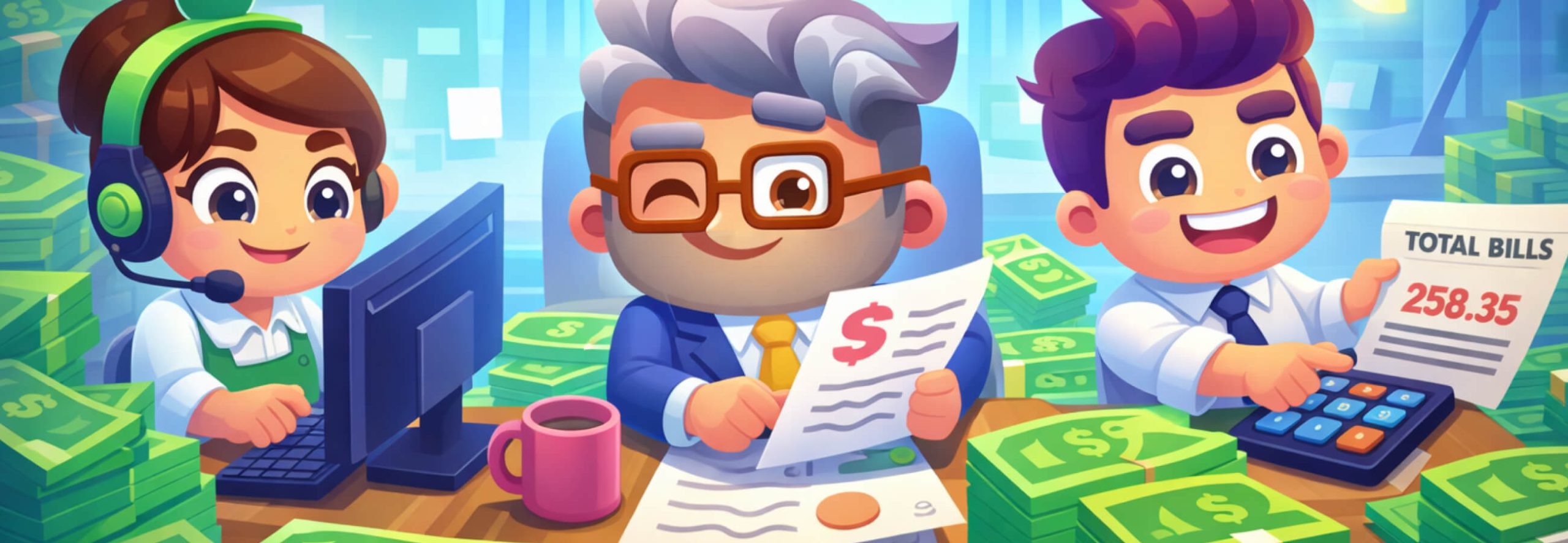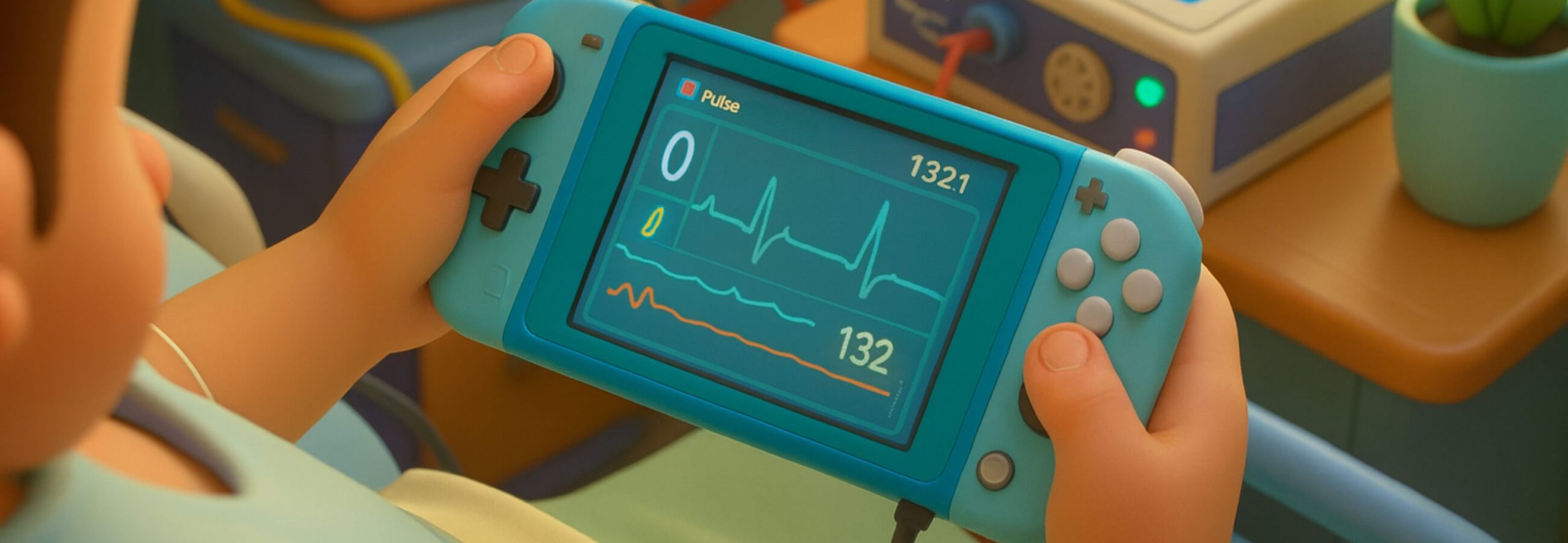

Starting a new game development project can be challenging because of its multi-component structure. This complete article lists fundamental and supportive features that should be defined at the beginning of your game production trip.
While this gaming checklist aims to describe a broad scope of features, we understand that each game title is not similar to another one, and some features may be required or not required based on specific requirements and vision. Evaluate this checklist as a solid foundation with the flexibility to develop and extend.
Game mechanics
Game Mechanics refers to the rules, interactions, and systems that define gameplay. This first section of the gaming checklist includes all crucial elements shaping the player’s game world experience. For a deeper understanding of game mechanics definition, this article offers comprehensive insights.
| 1 | Mechanics overview | General description about how the game mechanics works. |
| 2 | Controls | How players interact with the game. |
| 3 | Player movement | The way the player character moves within the game world. |
| 4 | Combat mechanics | Rules and systems governing in-game combat. |
| 5 | Physics | The physics simulation and interactions within the game. |
| 6 | Resource gathering and management | Acquiring and utilizing in-game resources. |
| 7 | Boosters (powerups) | Temporary enhancements to player abilities. |
| 8 | Pause and resume functionality | Allowing players to pause and resume the game. |
Progression and personalization
It applies to the game’s elements that allow players to advance and evolve. This section includes options for the player’s growth, personalization, and overall progression throughout the game.
| 9 | Progression system | Mechanisms for player advancement and growth. |
| 10 | Crafting system | Creating new items or resources by combining others. |
| 11 | Inventory | Managing and storing items collected by the player. |
| 12 | Player profile | A record of player personal details. |
| 13 | Player statistics | Tracking and displaying player performance metrics. |
| 14 | Player customization | Options for personalizing the player character. |
Level design
Level design covers the creative details that shape the game experience. This unit contains parts to engage and award a player’s journey.
| 15 | Game setting | The fictional world or environment in which the game occurs. |
| 16 | Story-based scenario | A narrative framework for the game experience. |
| 17 | Introduction story | An initial narrative to immerse players into the game world. |
| 18 | Tutorial | Guided instructions to teach players how to play the game. |
| 19 | Gameplay balance | Adjust game elements for fair and enjoyable experiences. |
| 20 | Levels design | The structure of in-game levels. |
| 21 | Missions structure | The organization and structure of game missions or quests. |
| 22 | Game AI | The intelligence and decision-making capabilities of AI in the game. |
| 23 | NPC behavior | The logic for actions and interactions of non-player characters. |
| 24 | Dialogue and conversation system | The logic for in-game conversations. |
| 25 | Minigames | Optional or secondary games within the main game. |
| 26 | Game end conditions | Criteria for ending or winning the game. |
| 27 | Achievements and rewards system | Unlockable goals and associated rewards. |
| 28 | Seasonal or themed events | Special in-game events tied to seasons or themes. |
Multiplayer
Multiplayer includes relations and gameplay experiences with other players. This section contains components that enable competitive or cooperative play, social engagement, and real-time communication between participants.
| 29 | Multiplayer | Support for online multiplayer interactions. Define what type of multiplayer should be, e.g., real-time, asynchronous, turn-based, etc. |
| 30 | Leaderboard | A ranking system displaying player scores or achievements. |
| 31 | Clans | Player groups or communities within the game. |
| 32 | Tournaments | Competitive events or challenges for players. |
| 33 | Chats | In-game communication between players. |
| 34 | Video calls | Real-time video communication between players. |
Visual and Audio
The Visual and Audio section includes the elements that build the immersive and aesthetic characteristics of the game. This part contains components that bring the game world to life through stunning visuals, engaging user interfaces, effects, and immersive audio experiences. To understand how to make 3d characters for games, this guide provides a detailed step-by-step tutorial on creating 3D characters.
| 35 | Visual style | The overall artistic direction and aesthetics of the game. |
| 36 | Character design and animation | Creating unique characters with animations. |
| 37 | Environment design and animation | Crafting visually appealing game environments. |
| 38 | Shaders | Techniques for enhancing graphics and visual effects. |
| 39 | UX / UI | User interface design and user experience considerations. |
| 40 | VFX | Visual effects to enhance gameplay and immersion. |
| 41 | SFX | Sound effects to complement in-game actions. |
| 42 | Voice-over and dialogs | Spoken lines for characters or narration. |
| 43 | Cutscenes | Pre-rendered or scripted cinematic sequences. |
| 44 | Key artwork | Basic marketing assets for promotion. |
Technical details
Technical details enclose the essential components and systems to support the technical part of the game. This section of the gaming checklist includes all necessary technical aspects of the game’s functionality, accessibility, security, and ongoing growth. When choosing the right tools for your project, understanding ” Which is better Unreal Engine or Unity?” can guide your decision. Each engine has its unique strengths, and the choice often depends on the specific technical requirements and goals of your game.
| 45 | Target platforms and devices | The platforms and devices the game will support. |
| 46 | Performance requirements | Minimum specifications and performance expectations. |
| 47 | Database | Storing and retrieving game-related data. |
| 48 | Backend | Server infrastructure and management. |
| 49 | Client-server data syncronization | Ensuring data consistency between clients and servers. |
| 50 | User authontification (signup, login, reset password) | Mechanisms for player account authentication. |
| 51 | Auto update system | Mechanisms for game updates and patches. |
| 52 | Gamepad support | Compatibility with gamepad controllers. |
| 53 | Localization | Translating the game into multiple languages. |
| 54 | Analytics and performance tracking | Collecting and analyzing gameplay data. |
| 55 | Modding | Supporting user-generated content and modifications. |
| 56 | Security and anti-cheat system | Measures to prevent cheating and protect game integrity. |
| 57 | Local notifications | Informing players of in-game events through device notifications. |
| 58 | Push notifications | Sending messages to players even when the game is not active. |
| 59 | Daily rewards | Providing players with daily incentives to encourage consistent engagement. |
| 60 | Wheel of fortune | Offering players the chance to spin a wheel for rewards. |
| 61 | Invite friends functionality | Encouraging players to invite their friends to join the game. |
| 62 | Social sharing system | Allowing players to share their in-game achievements and experiences on social media. |
| 63 | Referral system | Motivate players to invite friends to join the game. |
| 64 | Settings system | Allowing players to customize game preferences and options. |
| 65 | Levels of difficulty | Providing multiple difficulty settings to cater to different player skill levels. |
| 66 | Player feedback and bug reporting | Collecting player feedback and addressing issues. |
| 67 | Screen orientation and resolution options | Supporting different device orientations and screen resolutions. |
| 68 | Email newsletter | Offering players the option to receive updates and news through email. |
| 69 | Data management admin panel | Providing a backend interface to manage user data and content. |
| 70 | Content update system | Enabling regular content updates to keep the game fresh and engaging. |
| 71 | Game-related marketplace | A platform where players can trade in-game assets, fostering a game virtual economy. |
Monetization
Monetization directs to the strategies and mechanisms utilized to generate income from the game. This section of the video game checklist includes functionality that offers players various options to support the game financially while supplying additional content, exclusive rewards, or premium experiences.
| 72 | Virtual currency economy | Establishing an in-game currency system for transactions. |
| 73 | In-app purchases | Offering players the ability to buy additional content or features within the game. |
| 74 | Loot boxes | Randomized rewards for players, obtained through gameplay or purchases. |
| 75 | Ads (video, interstitials) | Integrating advertisements into the game experience. |
| 76 | Premium versions | Providing a paid version of the game with additional features. |
| 77 | Season passes | Offering access to exclusive content or events for a specific period. |
| 78 | Limited and special offers | Time-limited promotions or discounted items in the game. |
| 79 | Paid events | Hosting paid events or challenges for players to participate in. |
Legal
The Legal part encompasses protecting user data privacy and compliance with GDPR, also the Terms of Service to outline player rights and responsibilities, and safeguarding trademarks to save the game’s unique brand identity.
| 80 | User data privacy and GDPR compliance | Ensuring compliance with data protection regulations. |
| 81 | Terms of Service | Outlining the rules, guidelines, and agreements that govern the use of the game. |
| 82 | Trademarks | Legal protection of the IP rights associated with the game’s name, logo, and other elements. |
Management
Management involves the administrative elements of the game development process. This part of the project building includes components to guarantee efficient project planning, resource distribution, timeline keeping, team collaboration, and successful game delivery.
| 83 | Project breakdown of work | Detailed breakdown of tasks that should be done within the production process. |
| 84 | Budget planning | Planning and managing the financial resources allocated to game development. |
| 85 | Development schedule | Establishing a timeline and milestones for the game development process. |
| 86 | Project team | Information about the size of the project team and their specialization. |
| 87 | Deliverables | Details about what should be delivered in the end. |
Prepare for Marketing
Preparing for Marketing involves the basic steps for the game promotion. This section of the game checklist includes components to maximize visibility, attract players, and build a vital community around the game.
| 88 | Game website | A website provides players with access to game-related content. |
| 89 | App Store screenshots | Compelling visuals to attract users and encourage downloads. |
| 90 | Video trailer | Preview video showcasing gameplay, features, and visuals. |
| 91 | Keywords, description, game title | Store optimization details required to to attract target audiences. |
| 92 | Social networks | Using platforms to connect players and encourage community participation. |
If you still have questions related to planning your project beyond those listed in this game development checklist, please feel free to contact us. At Fgfactory, our team of experts is ready to provide tailored advice and solutions to help you navigate every aspect of game development. Don’t miss the opportunity to leverage our extensive experience and knowledge. Connect with Fgfactory’s game developers in Australia now to see how we can support your project’s success and address any queries you may have.
SUMMARIZE THIS PAGE
Contact us






